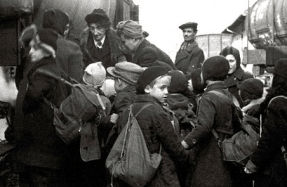
From the 14th to the 17th century, the city-states that now make up Italy underwent a cultural transformation. As the Middle Ages drew to a close, a 'rebirth' or 'renaissance' of art. politics, economics and philosophy emerged from the Republic of Florence and began to spread throughout the region. In a period of rediscovering the classical culture of Ancient Greece and Rome, some of the greatest artists, intellectuals and inventors like Leonardo da Vinci, Michelangelo and Niccolo Machiavelli to name but a few dominated the cultural landscape and made their mark on the history of society and art. While these names are familiar to us, there was also a small but significant group of women who defied the expectations of their time and participated in arts and literary activities to contribute to the cultural revolution. Here are just a few of those remarkable women who may have been forgotten but deserve to be remembered for the significant role they played during the Renaissance.

Cassandra Fedele Writer and poet, 1465 - 1558
Along with Isotta Nogarola, Cassandra Fedele was one of the most prominent female humanists of the Italian Renaissance. Born in Venice, there is very little known about Fedele's family. Her father ensured that Fedele received a classical education and she was tutored in both Greek and Latin by the friar Gasparino Borro. With a talent for writing and public speaking, Fedele gave a speech at the University of Padua in 1487 that caught the attention of notable Italian scholars. From then on, Fedele corresponded with humanists from across Italy and wrote both scholarly work and poetry. Unfortunately, very






